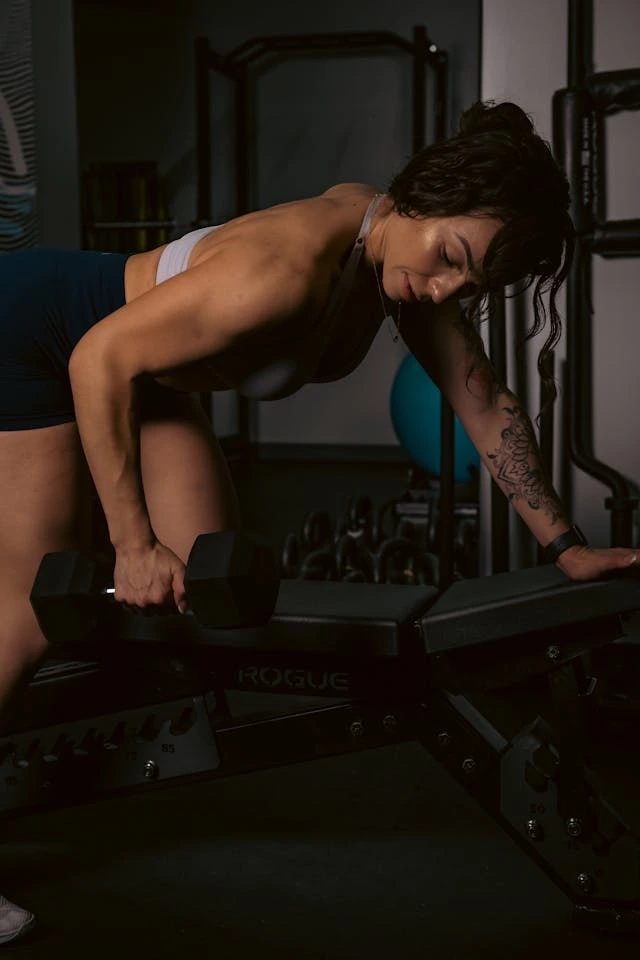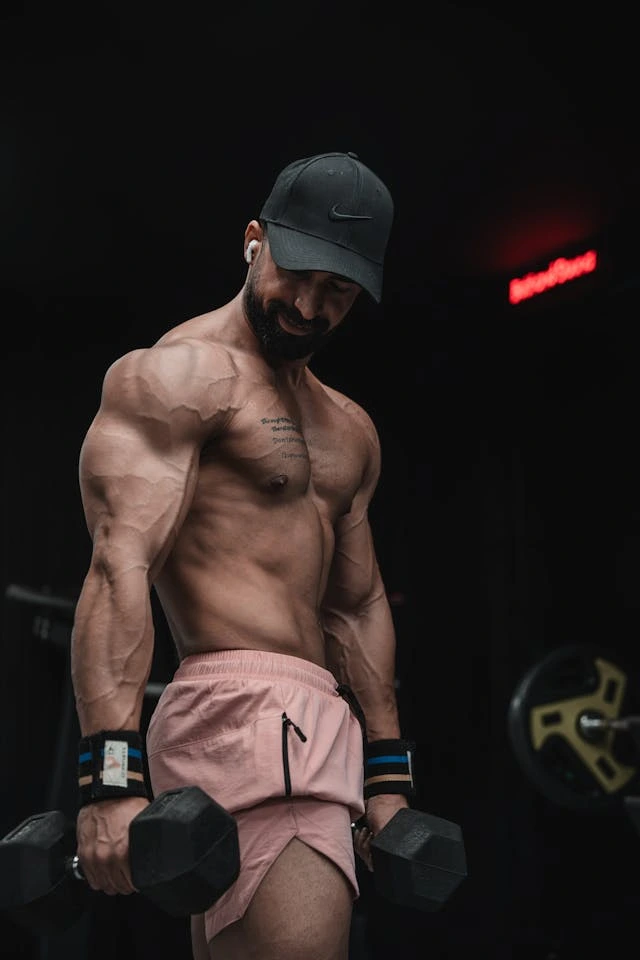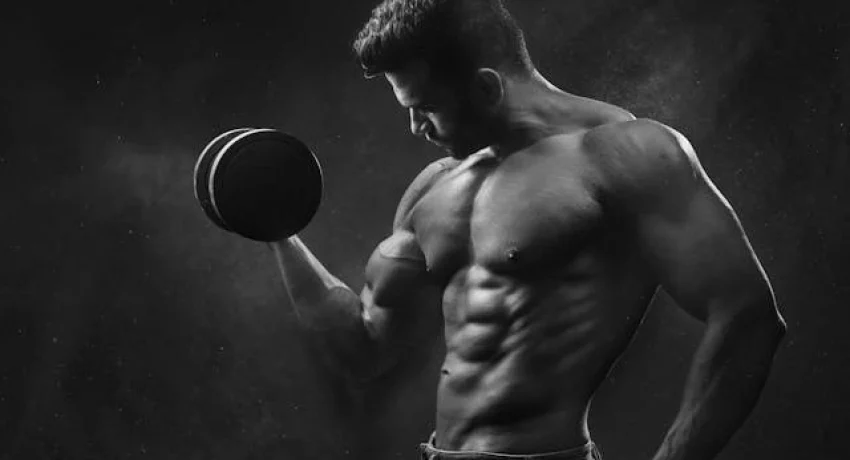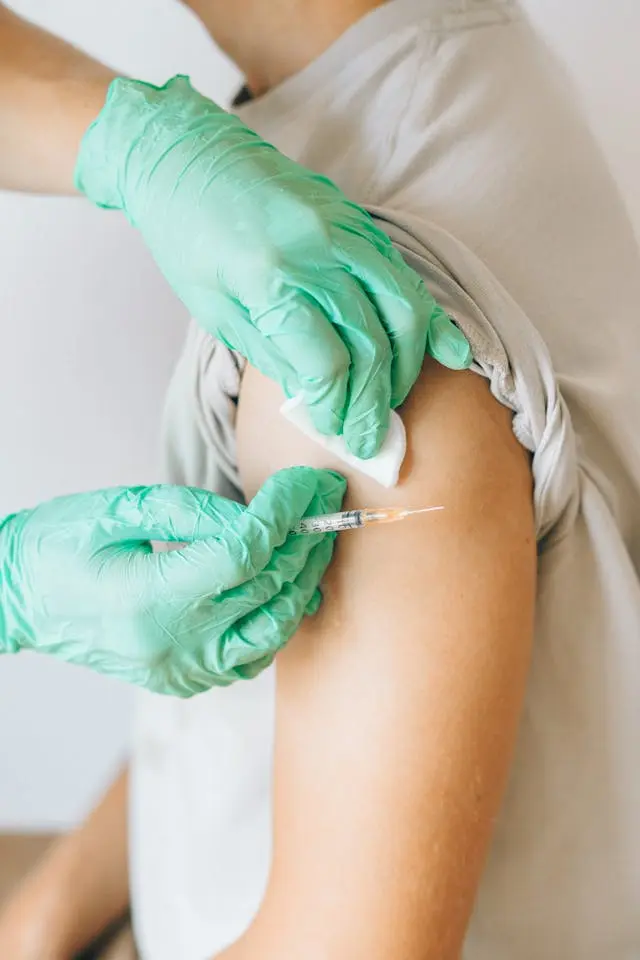Bodybuilding’s Hidden Toll: Rising Cardiac Deaths Exposed

THE PRICE OF PERFECTION: WHEN PHYSIQUE BECOMES FATAL
In 2025, the global fitness world finds itself facing a disturbing reality: the pursuit of the perfect physique may be silently claiming lives. A groundbreaking study published in the European Heart Journal on May 21, 2025, has sent shockwaves through the bodybuilding community by revealing an alarming link between bodybuilding and sudden cardiac death (SCD)—a fatal condition where the heart abruptly stops functioning.
The findings are clear and chilling: male professional bodybuilders are over five times more likely to die from sudden cardiac arrest than their amateur counterparts. This revelation has raised urgent concerns about extreme training regimens, substance use, and the mental health toll associated with competitive bodybuilding.
A SILENT KILLER BEHIND THE MUSCLES
The study, led by Dr. Marco Vecchiato from the University of Padova, Italy, tracked 20,300 athletes who competed in International Federation of Bodybuilding and Fitness (IFBB) competitions between 2005 and 2020, following their health up to July 2023. Of these, 121 bodybuilders died during the 18-year period—a seemingly modest number, until researchers uncovered the horrifying truth behind many of the deaths.
A staggering 38% of the deaths were caused by sudden cardiac arrest, and the average age of death was just under 35 years. Eleven of those SCD cases occurred during active competition, underscoring the lethal risks lurking behind the curtain of competition.
Sudden cardiac death, often mistaken for a rare anomaly, is now being linked with certain extreme practices in bodybuilding that are anything but rare.
BEHIND THE GLAMOUR: WHAT’S KILLING THESE ATHLETES?
The physical transformation that bodybuilders undergo is nothing short of remarkable, but it’s often fueled by tactics that wreak havoc on the cardiovascular system.
According to Dr. Vecchiato, the root causes include:
- Extreme resistance training, which increases stress on the heart walls.
- Rapid weight-cutting methods, such as severe dehydration and caloric restriction.
- Widespread use of performance-enhancing drugs (PEDs) including anabolic steroids, growth hormones, insulin, and diuretics.
These factors combine into a toxic storm, causing long-term damage to heart tissues, disrupting electrical rhythms, and increasing the risk of hypertrophic cardiomyopathy (heart muscle thickening)—a known precursor to heart failure and arrhythmias.
In fact, autopsies conducted on five deceased professional bodybuilders revealed that four had enlarged hearts and thickened myocardial walls, indicating structural abnormalities that typically remain undiagnosed until it’s too late.

PROFESSIONAL BODYBUILDERS: A DISTURBING 5.2X HIGHER RISK
While amateurs do face increased risks, it’s the professional tier that’s absorbing the brunt of these deadly consequences. Competitive pressure to achieve freakishly low body fat levels, exaggerated muscle size, and extreme vascularity pushes athletes toward unsustainable routines and dangerous pharmaceutical enhancement.
Professional bodybuilders were found to have a 5.2 times higher chance of sudden cardiac death compared to their amateur peers—a staggering disparity that speaks volumes about the cost of going “pro.”
“While striving for physical excellence is admirable,” Dr. Vecchiato warned, “the pursuit of extreme body transformation at any cost can carry significant health risks—particularly for the heart.”
MENTAL HEALTH: THE HIDDEN BATTLE
Perhaps just as alarming as the cardiac findings is the psychological toll that bodybuilding culture seems to exact on its participants. The study found that 15% of bodybuilder deaths were classified as sudden traumatic deaths—including suicides, overdoses, car crashes, and even homicides.
THIS ISN’T JUST ABOUT MUSCLE—IT’S ABOUT MIND.
Many professional bodybuilders report intense psychological pressure, body dysmorphia, and a crippling sense of self-worth tied entirely to their appearance. Add to that the side effects of prolonged steroid use—mood swings, aggression, paranoia, depression—and the perfect storm for mental health deterioration emerges.
These mental health struggles are often hidden behind Instagram-perfect images, making it even harder for athletes to reach out for support. The study emphasized the urgent need for mental health resources and drug counseling within the bodybuilding industry.

CASE IN POINT: JOSÉ MATEUS CORREIA SILVA
The global media spotlight turned to this issue after the tragic death of 28-year-old retired bodybuilder José Mateus Correia Silva in November 2024. He collapsed during a gym workout in Aguas Claras, Brazil. Despite receiving over an hour of CPR and immediate emergency attention, Silva could not be revived.
Silva’s family confirmed that he had no prior heart conditions, and his death was ultimately ruled a sudden cardiac arrest—bringing a human face to the data and sounding a louder alarm throughout the fitness world.
APPEARANCE ≠ HEALTH
For decades, society has viewed muscular bodies as the gold standard of fitness and health. However, this study challenges that perception in a deeply unsettling way.
“In bodybuilding,” Dr. Vecchiato noted, “the outward appearance of fitness can often hide internal health risks. A sculpted body doesn’t necessarily mean a healthy heart.”
This isn’t a blanket indictment of strength training. In fact, moderate strength training, when paired with cardiovascular activity and balanced nutrition, is shown to reduce all-cause mortality by up to 27% in 2025 data from the World Health Organization. The problem arises when athletes push beyond biological limits using dangerous shortcuts and unsupervised regimens.
PERFORMANCE ENHANCING DRUGS IN 2025: AN ESCALATING CRISIS
As of early 2025, anabolic steroid use among amateur and professional athletes has increased by 18% globally according to the World Anti-Doping Agency (WADA). Moreover, over 62% of competitive bodybuilders under 40 admitted to using PEDs, often sourced illegally or without medical supervision.
The black-market boom in synthetic hormones and injectable enhancers has outpaced efforts at regulation. In many countries, enforcement remains weak, while social media influencers promote unsafe substances to impressionable young athletes seeking shortcuts to stardom.
THE FEMALE BODYBUILDER STUDY: WHAT’S NEXT?
Following the shocking results among male athletes, researchers have already begun a similar longitudinal study focusing on female bodybuilders. While early data suggests a lower incidence of cardiac death compared to males, female participants still show elevated risks of menstrual dysfunction, hormonal imbalance, and mental health disorders linked to PEDs and extreme dieting.
The full findings are expected by mid-2026, but preliminary reports urge female athletes to avoid replicating male-dominated training and supplementation practices.
A TURNING POINT FOR THE INDUSTRY?
This 2025 report should not be interpreted as an attack on fitness culture. On the contrary, it serves as a wake-up call for athletes, coaches, federations, and fans. It highlights the urgent need for:
- Mandatory cardiac screenings for competitive athletes
- Mental health support systems within bodybuilding federations
- Stricter anti-doping enforcement
- Educational campaigns on the risks of unsupervised PED use
- Re-evaluation of judging criteria to reduce emphasis on extreme size and leanness
The goal is not to stop bodybuilding—but to make it safer, smarter, and more sustainable.
WHAT CAN BE DONE?
Here are 5 key recommendations based on the 2025 findings:
- Regular Heart Check-Ups: Athletes should undergo annual ECGs and echocardiograms.
- Supervised Training and Dieting: Work with certified professionals who understand the limits of the body.
- Avoid PEDs: No muscle gain is worth a life lost to sudden cardiac death.
- Promote Mental Fitness: Open discussions about body image, stress, and substance use.
- Shift the Narrative: Let’s redefine what health and strength truly mean—not just what they look like.
CONCLUSION: BUILDING SMARTER, NOT HARDER
The pursuit of physical excellence is noble, but not when it costs you your life. The 2025 research underscores the urgent need for systemic change in the bodybuilding community. Let this be a moment where the fitness industry rises to protect its own.
At ecombyz, we advocate for informed, ethical, and safe fitness practices. True strength is not just about how much you can lift—but also how smartly and sustainably you build your body and protect your health.










